Golf trolleys have traditionally used lead-acid batteries due to their cost-effectiveness and availability. However, with advancements in technology, lithium-ion batteries are becoming an increasingly popular choice due to their numerous benefits, including lighter weight and longer lifespan. If you're considering upgrading your golf trolley's battery system from lead acid to lithium ion, this blog post will guide you through the essentials of making the switch.

Understanding the Differences
Before deciding to replace your lead-acid battery with a lithium-ion one, it's important to understand the fundamental differences between these two types of batteries:
-
Weight: Lithium-ion batteries are significantly lighter than lead-acid batteries. This can make a substantial difference in the handling and ease of use of your golf trolley.
-
Performance: Lithium-ion batteries provide more consistent power output and can maintain higher voltages throughout the entire charge cycle. This results in better performance of the golf trolley compared to the diminishing power curve of lead-acid batteries as they discharge.
-
Lifespan: While lead-acid batteries typically last about 4-6 years, lithium-ion batteries can last much longer, often up to 10 years, depending on usage patterns.
-
Maintenance: Lithium-ion batteries require less maintenance as they do not need to be regularly topped up with water and are less prone to sulfation issues that affect the efficiency of lead-acid batteries.
-
Cost: Initially, lithium-ion batteries cost more than lead-acid batteries. However, due to their longer lifespan and less frequent need for replacement, the cost over time can be comparable or even lower.
Steps to Replace Lead Acid with Lithium Ion
1. Check Compatibility: Before purchasing a lithium-ion battery, ensure it is compatible with your golf trolley. Check the voltage and power requirements of your trolley and match them with the lithium-ion battery specifications.
2. Consider the Charger: Lithium-ion batteries require different chargers than lead-acid batteries. Using the wrong charger can damage the battery and pose safety risks. Make sure to get a charger that matches the lithium-ion battery’s charging protocol.
3. Battery Management System (BMS): Lithium-ion batteries typically come with a BMS that protects the battery from overcharging, deep discharging, and overheating. Ensure the battery you choose includes a BMS to maintain safety and extend the battery’s life.
4. Physical Installation: Check the physical dimensions and the terminal type of the lithium-ion battery to ensure it will fit in your golf trolley’s battery compartment. You might need additional mounting accessories or adapters.
5. Professional Installation: Although it's possible to install a lithium-ion battery yourself, consulting with or hiring a professional can help ensure that the installation is done safely and correctly.
Benefits of Making the Switch
Switching to a lithium-ion battery can enhance your golfing experience by reducing the weight of the trolley, making it easier to maneuver. Additionally, the longer lifespan and consistent power output can improve the overall efficiency of your golf trolley, making rounds of golf more enjoyable with less worry about battery life or performance.
Conclusion
Replacing a lead-acid battery with a lithium-ion battery in a golf trolley offers numerous benefits, from improved handling due to reduced weight to longer battery life and reduced maintenance. While the upfront costs may be higher, the long-term savings and benefits can make it a worthwhile investment for serious golf enthusiasts. Always ensure compatibility and consider professional installation to enjoy the best performance from your upgraded golf trolley.


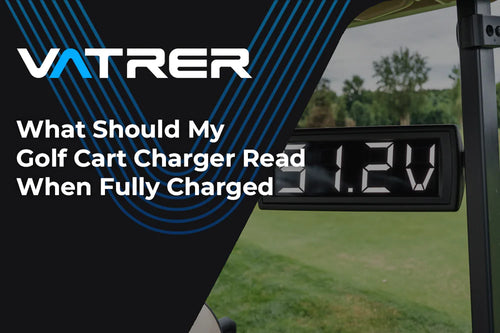
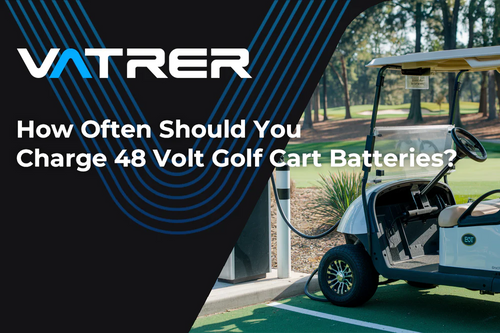



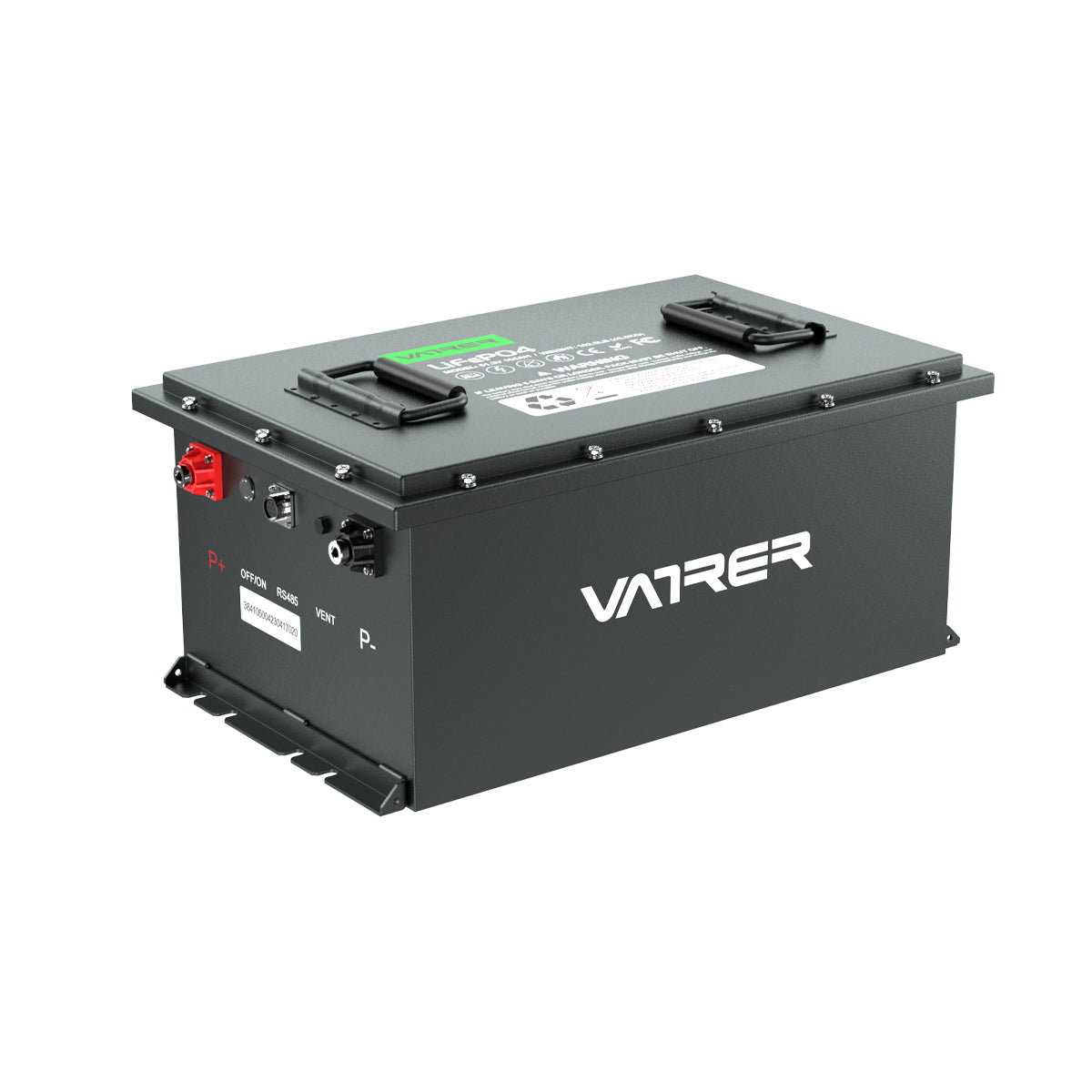
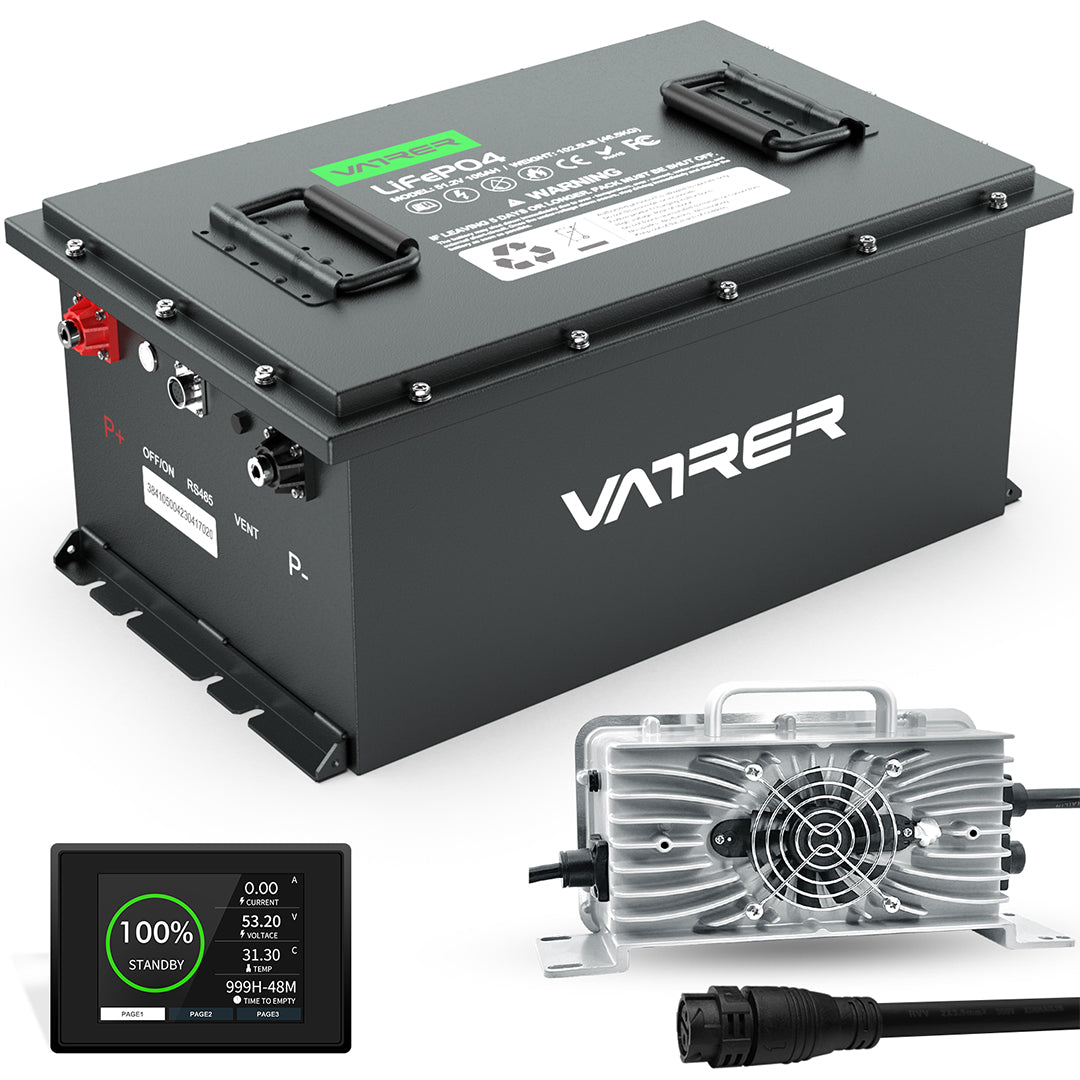
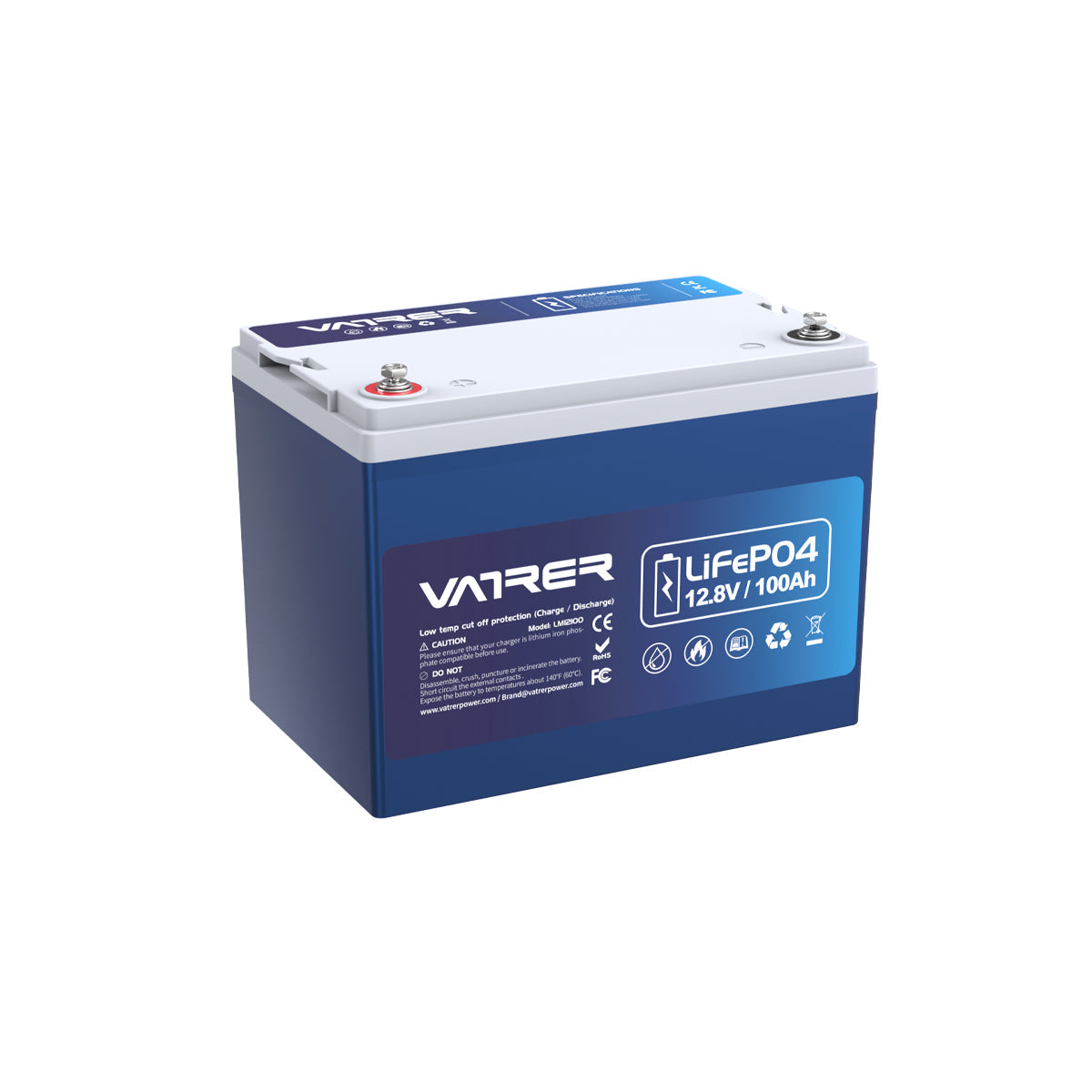
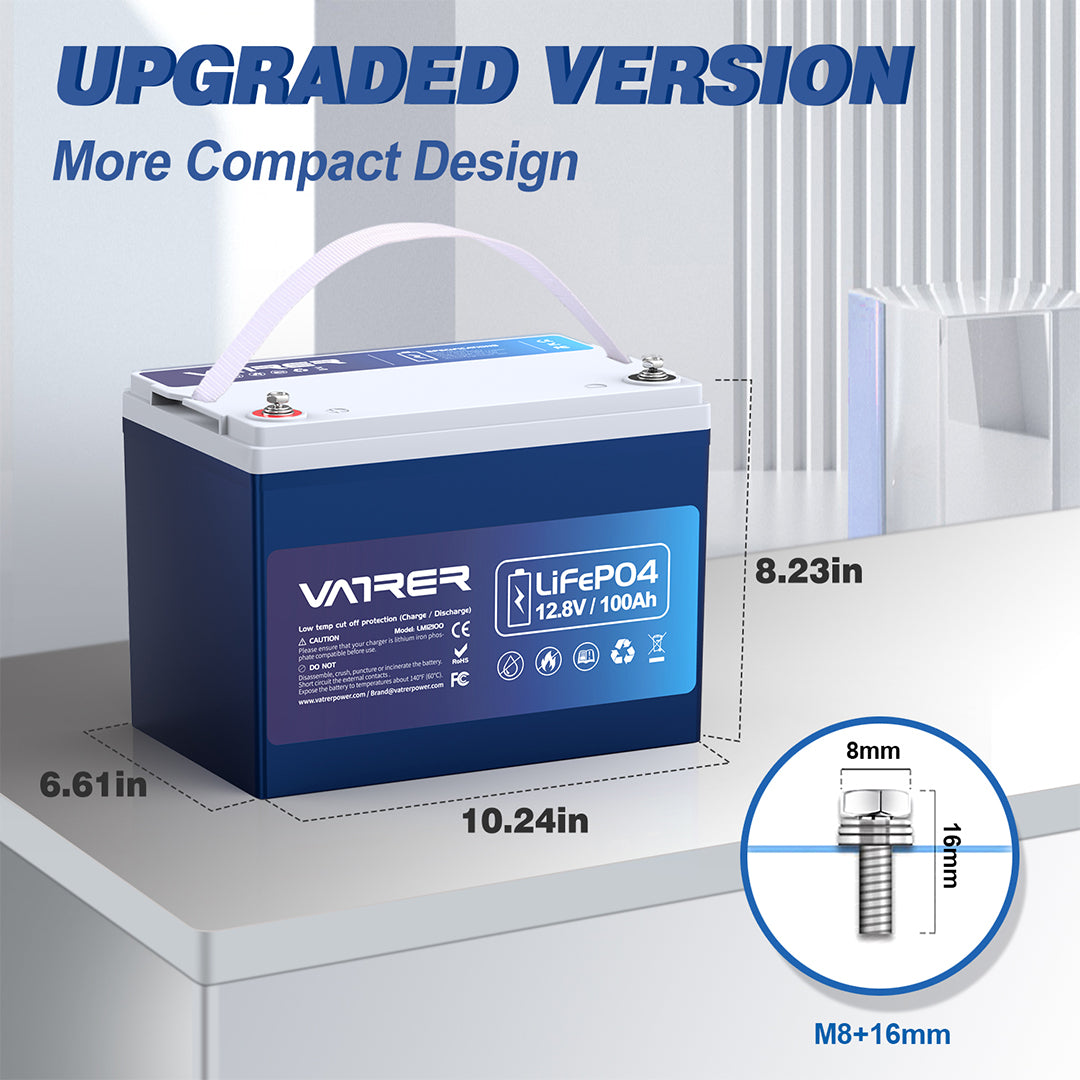
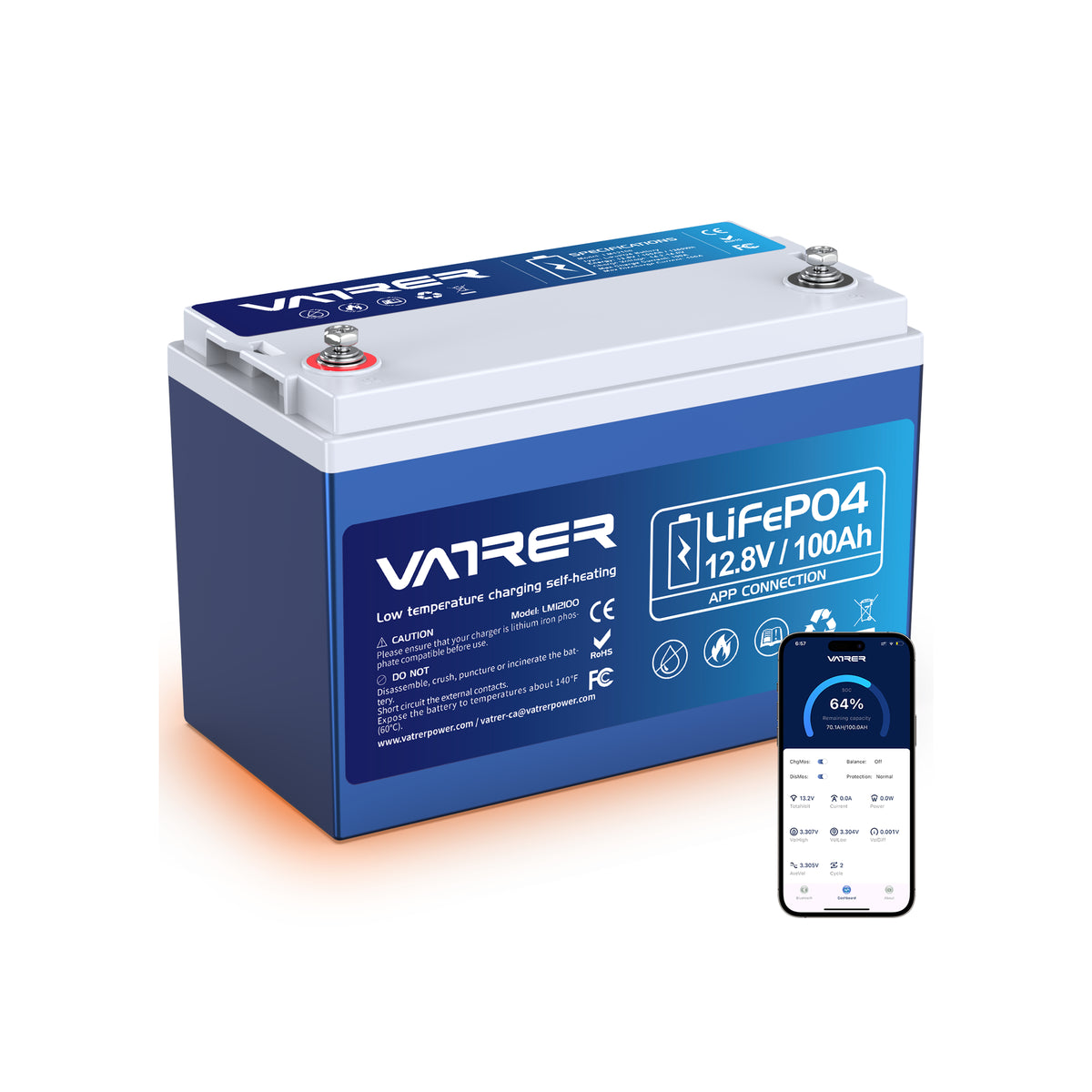
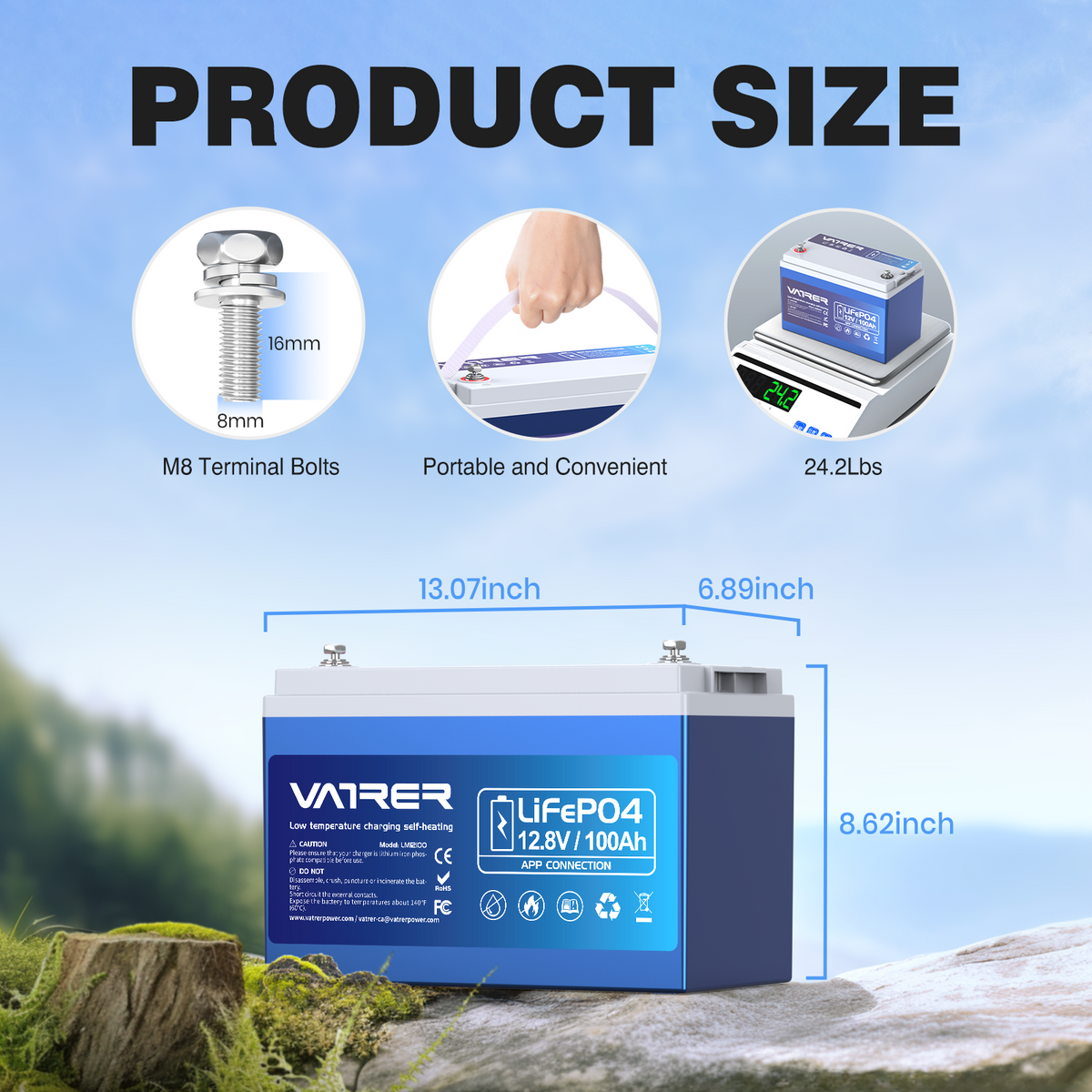
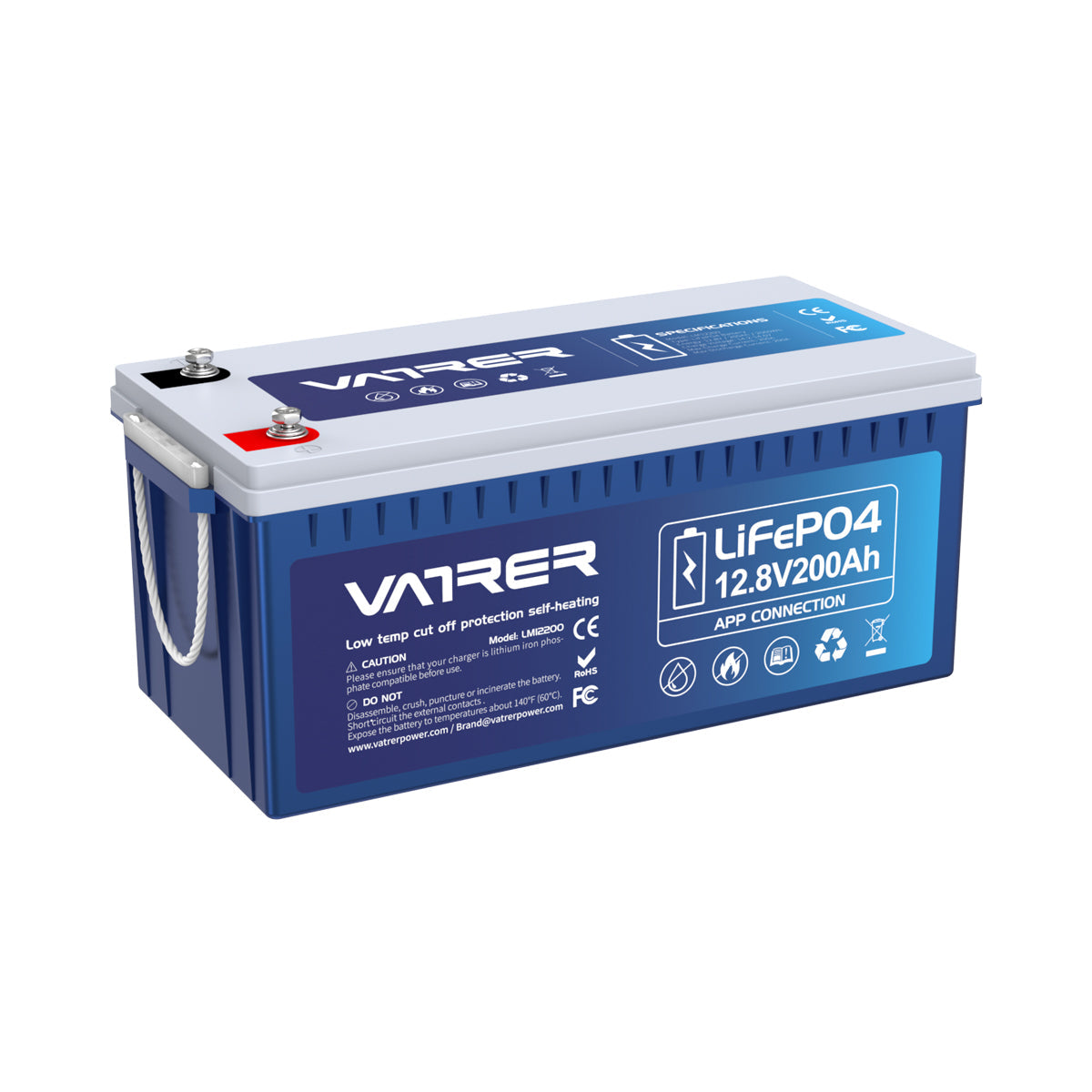
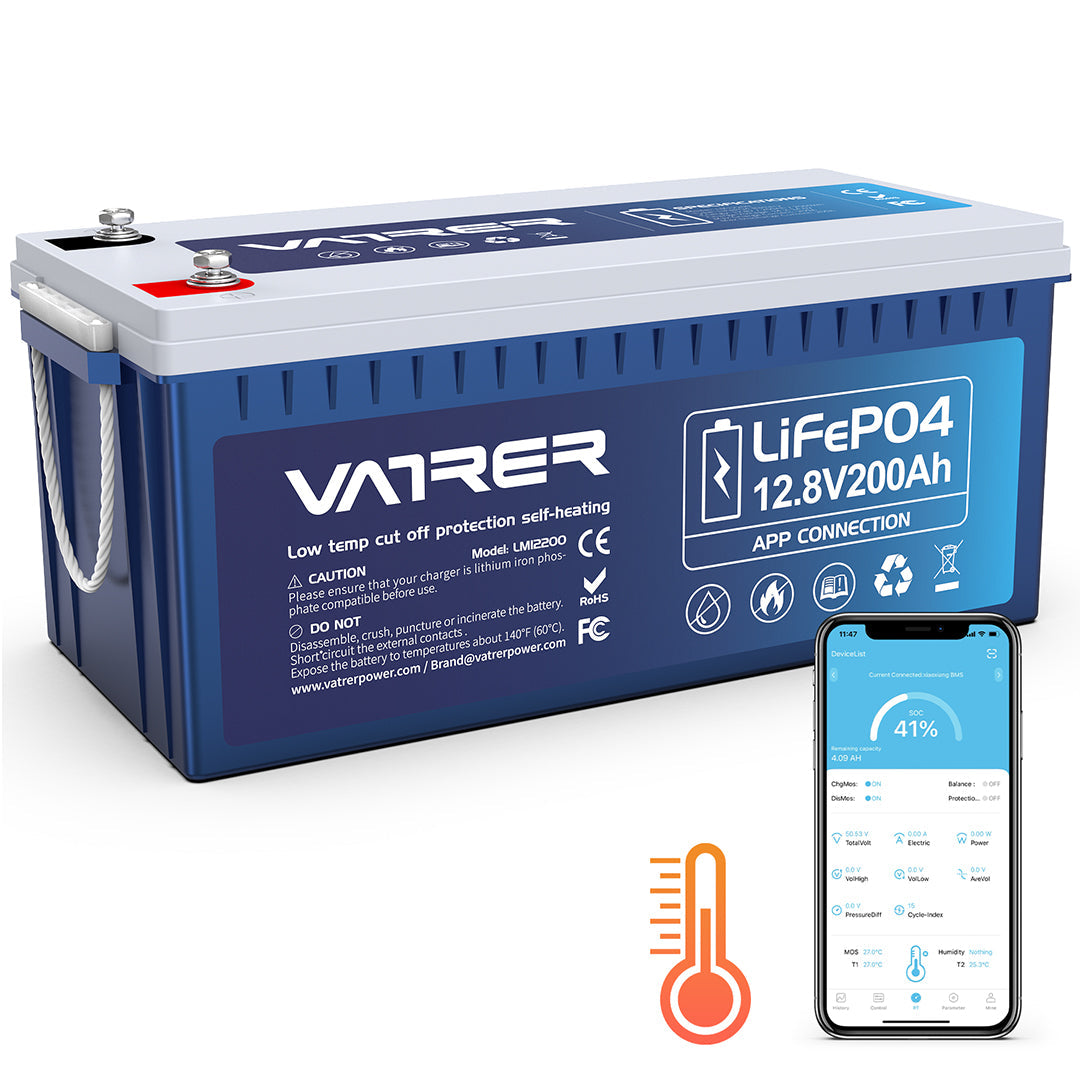
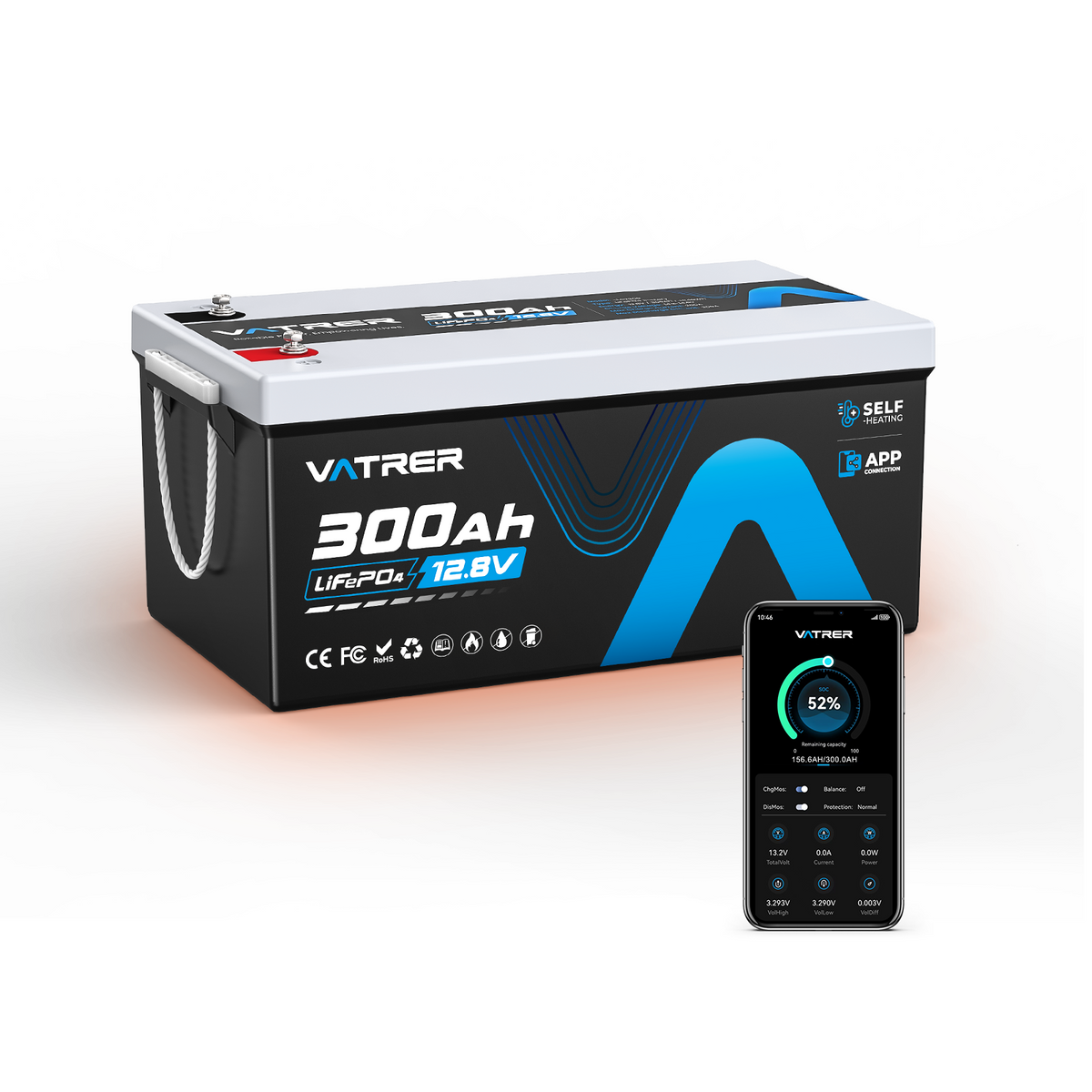
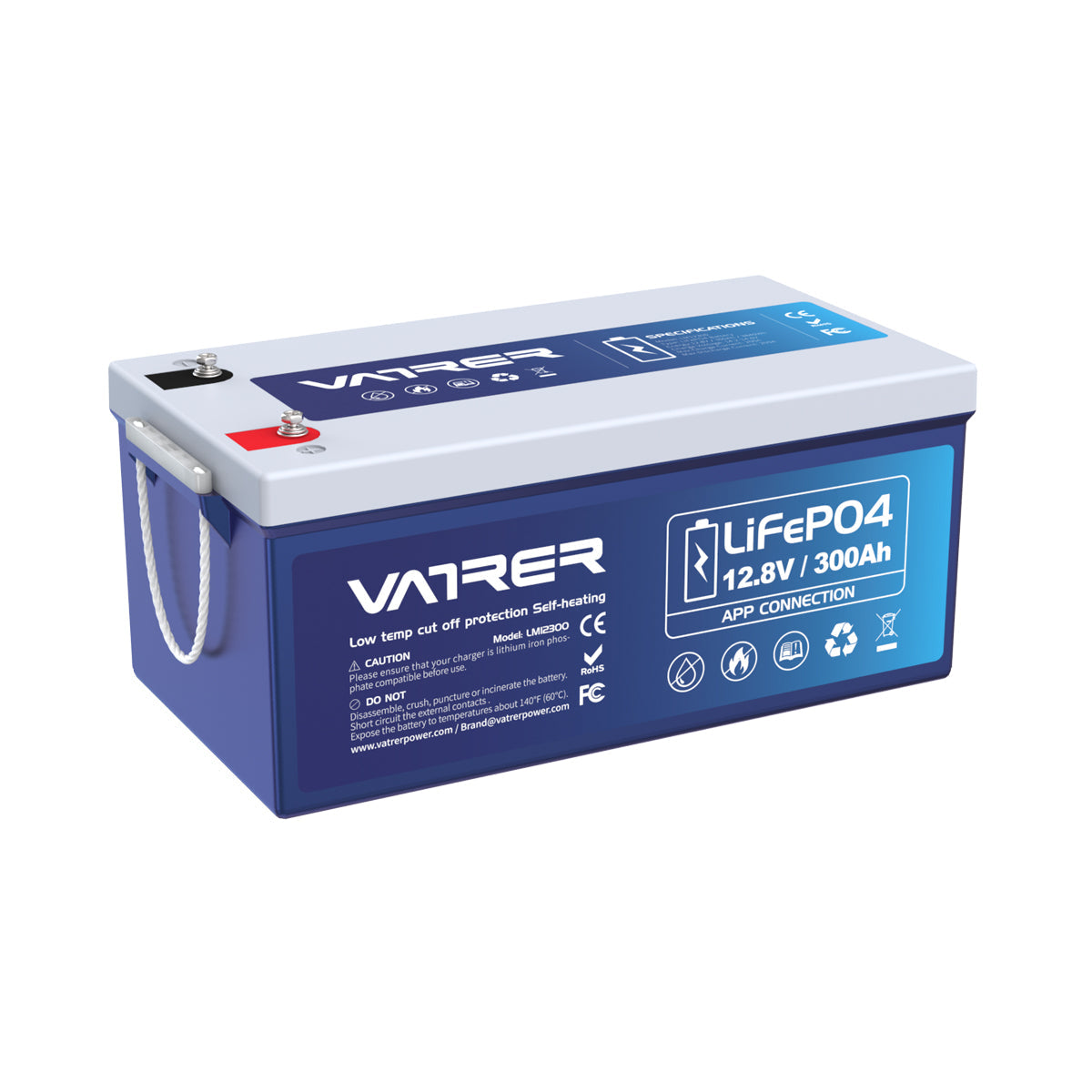

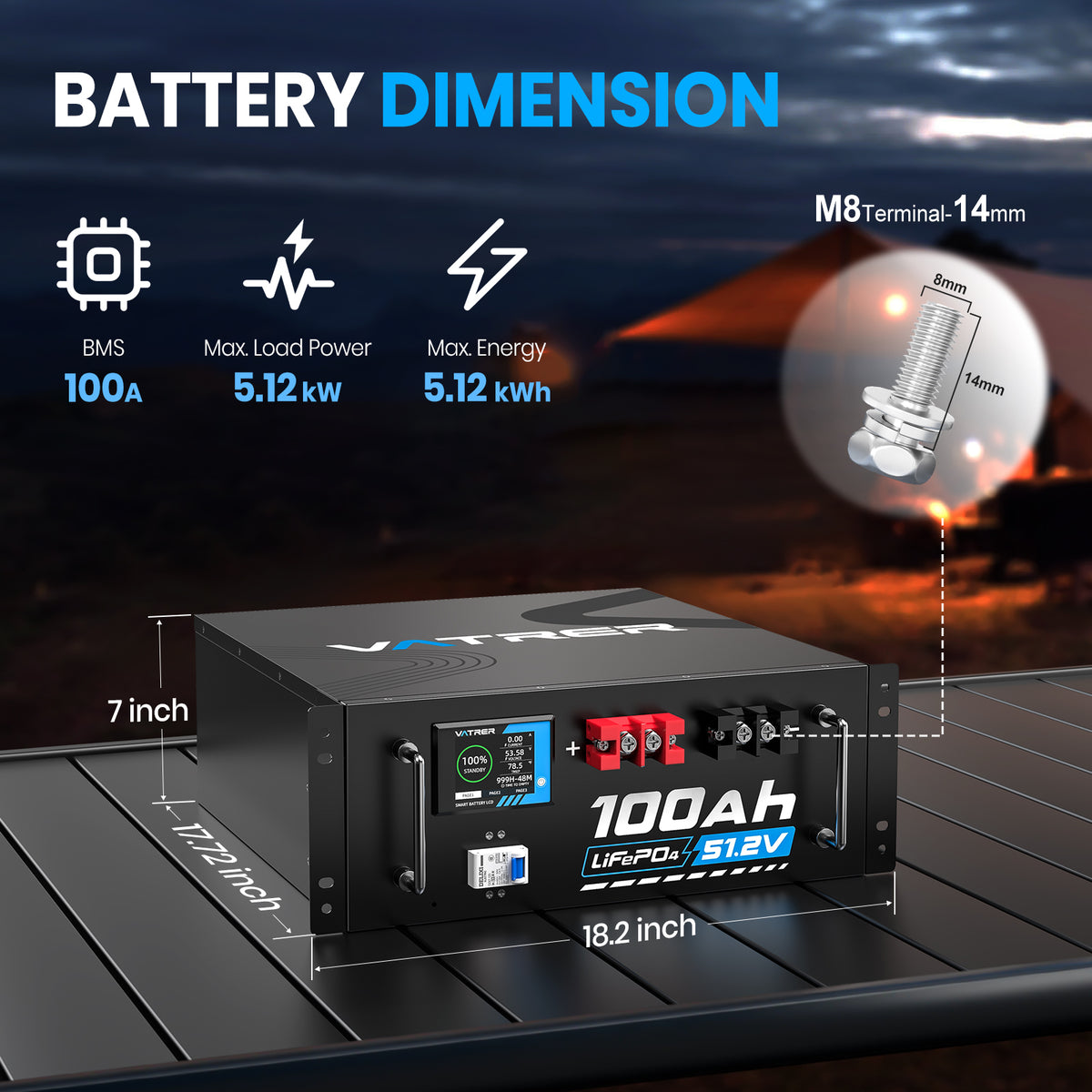
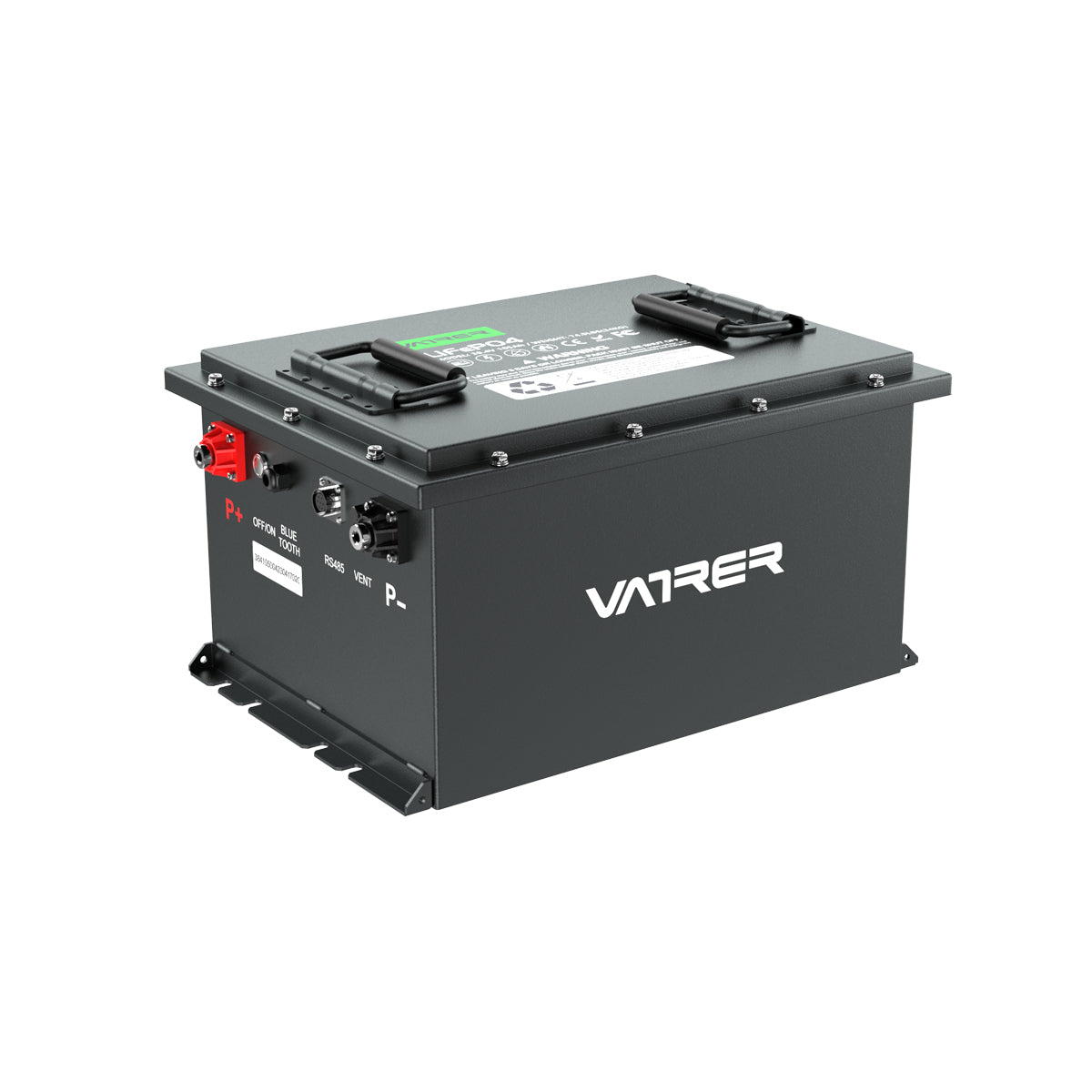
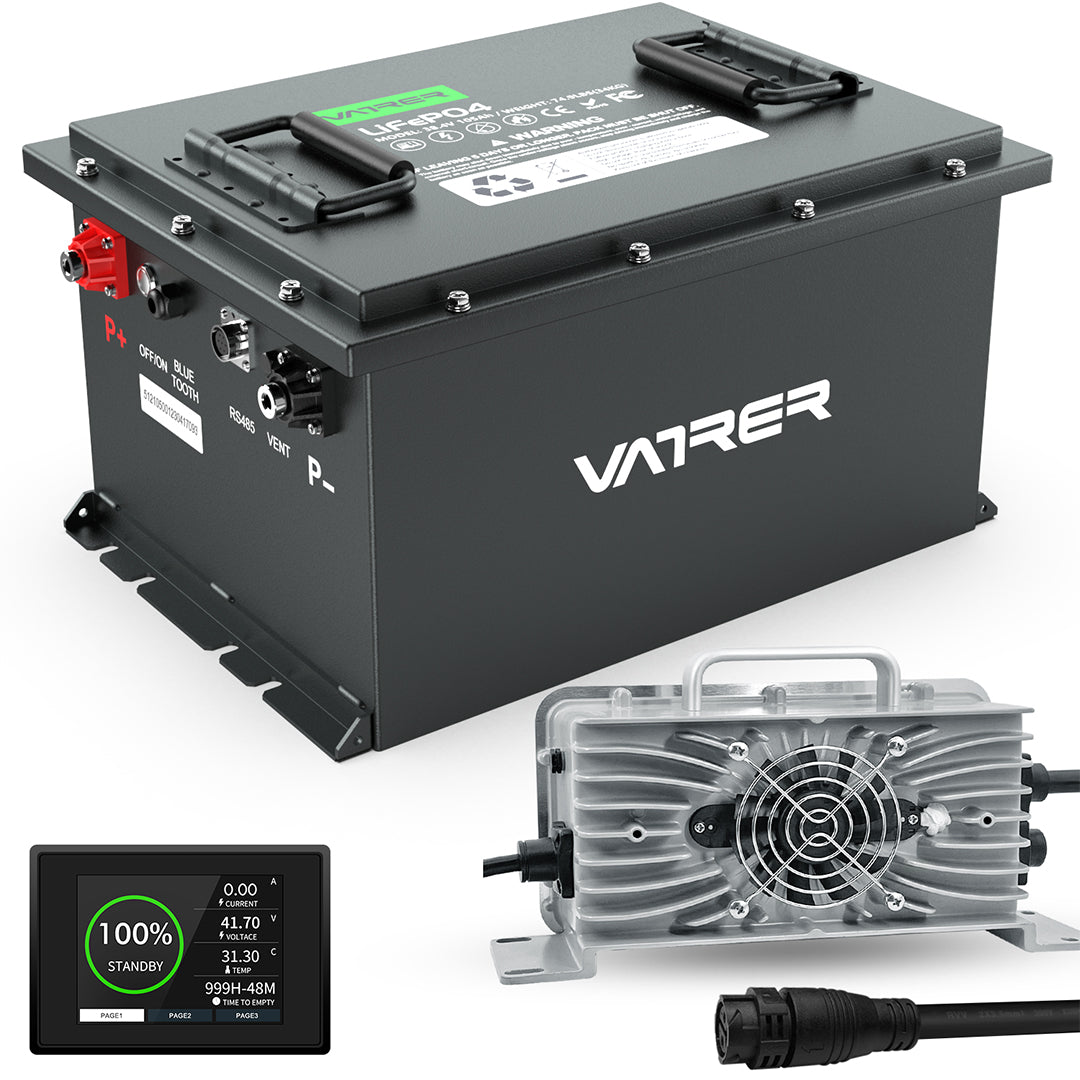
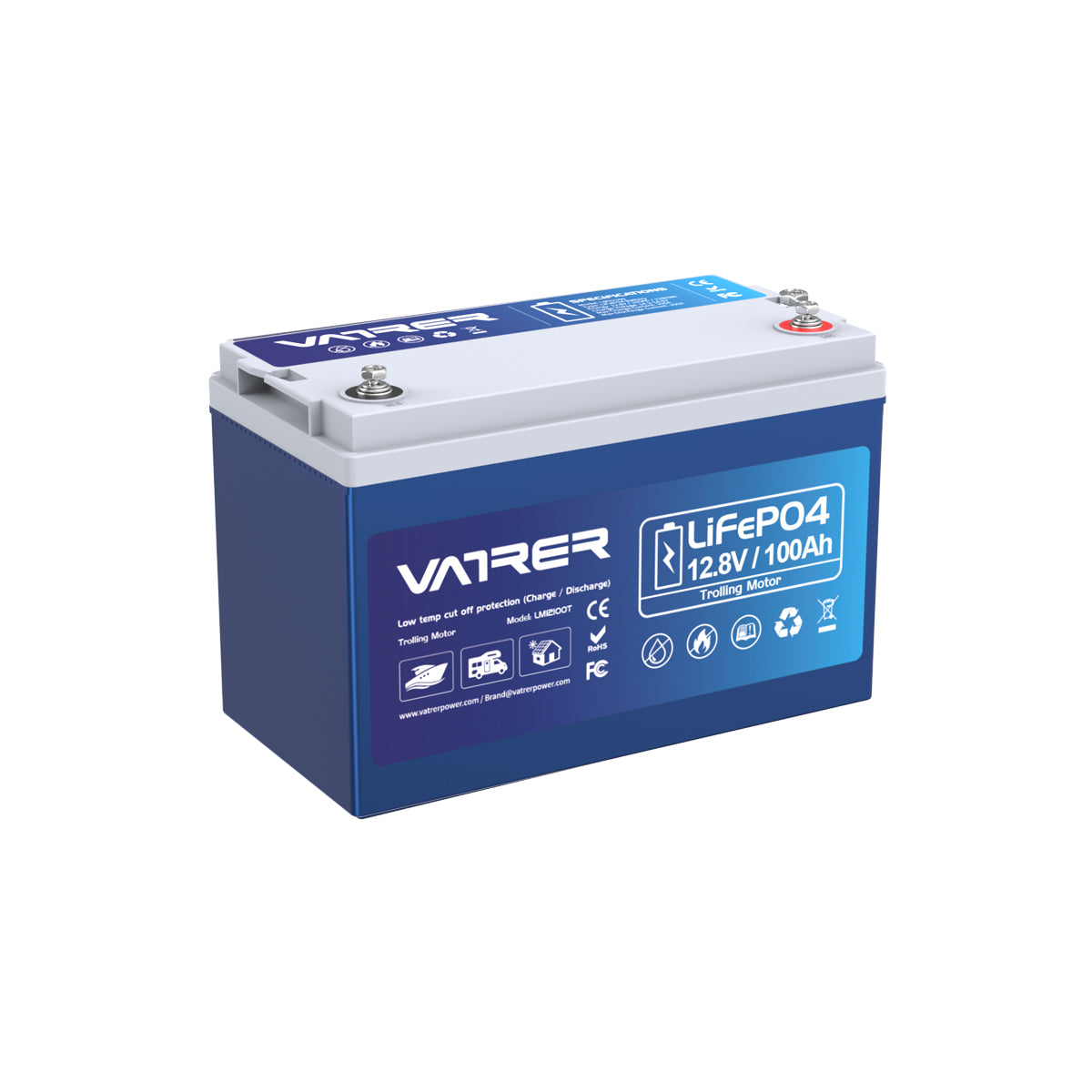



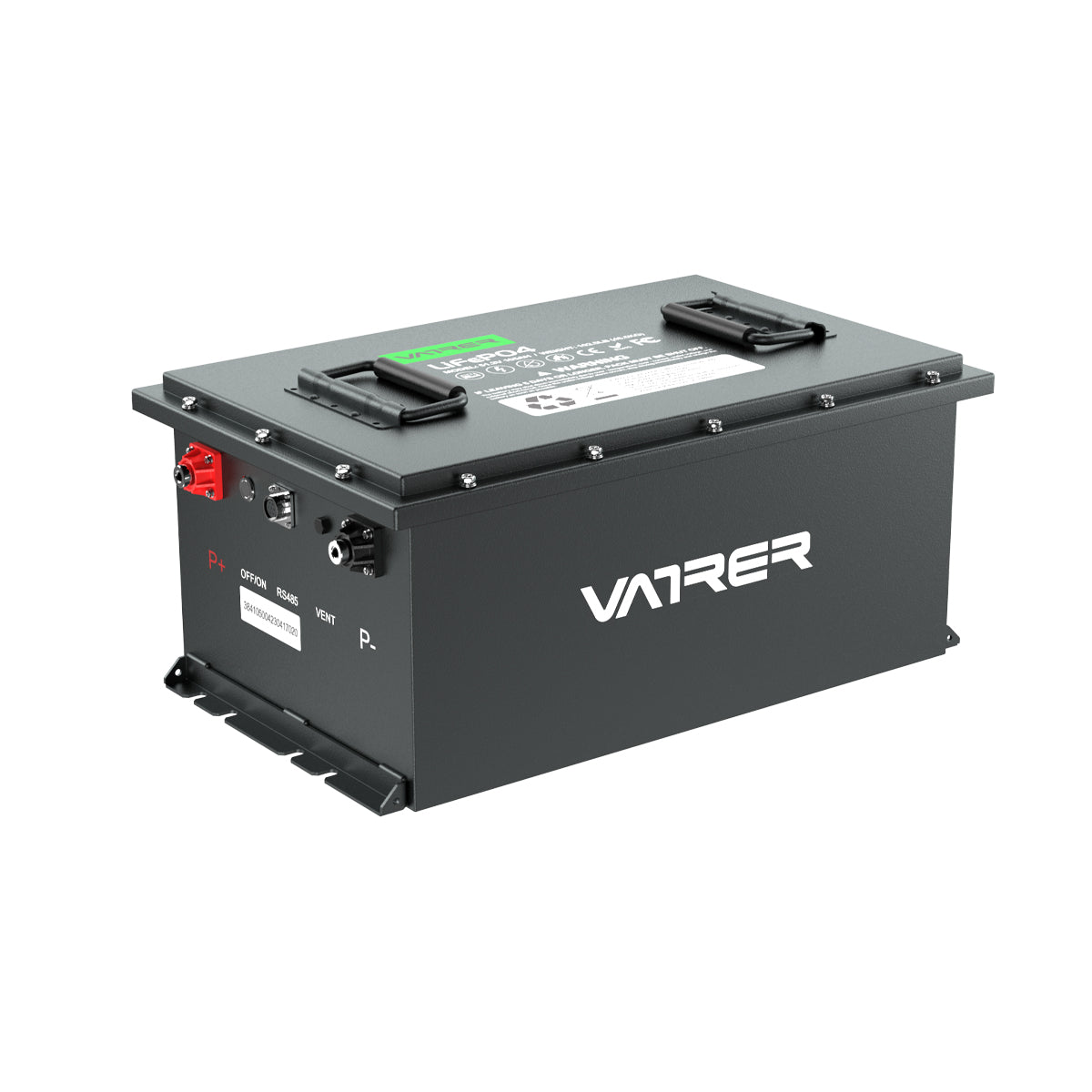
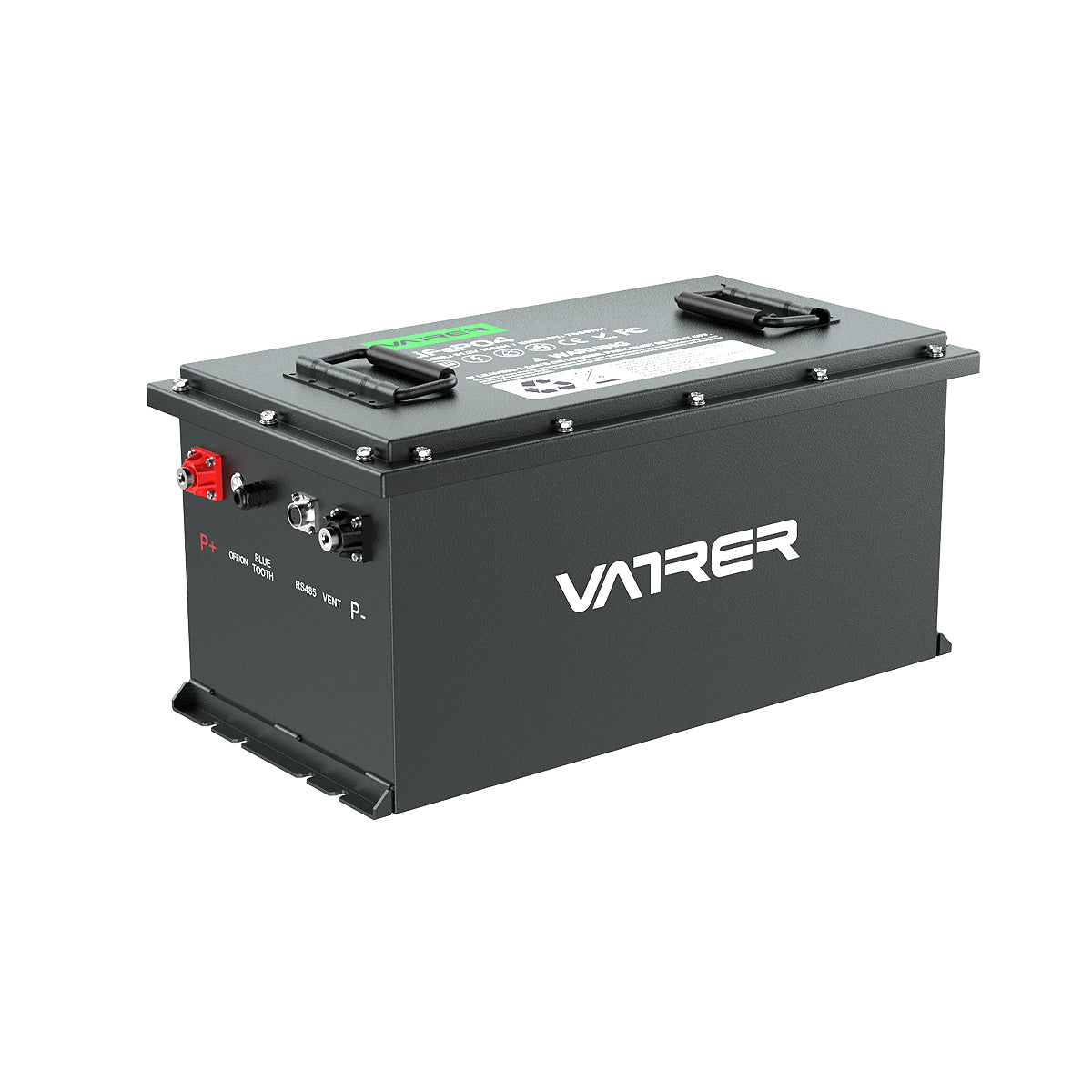
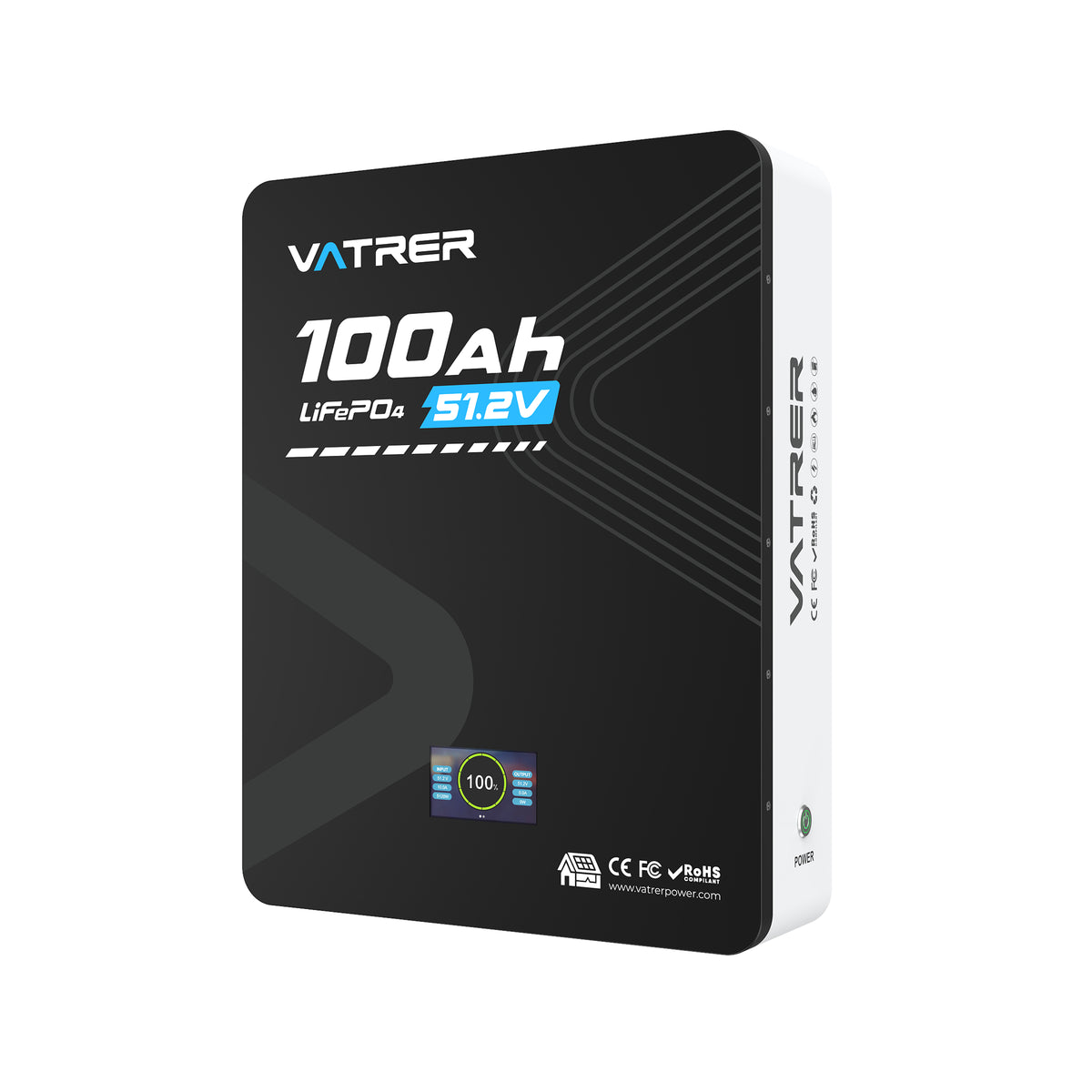
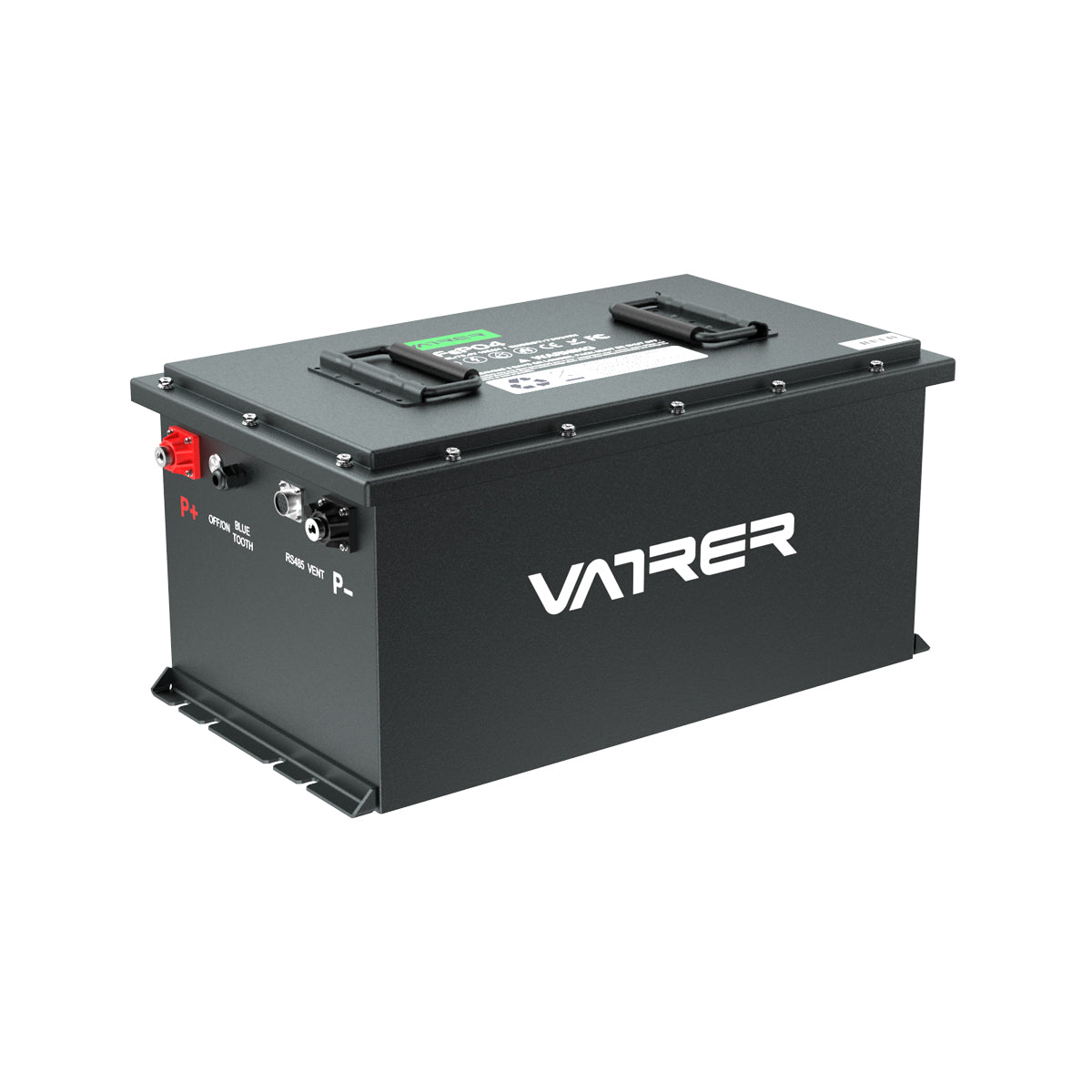


1 comment
Robert Patzker
Möchte mein Eagle Golf Car umstellen, was zurzeit 8 × 6 V 224 somit 48 V als Energie Quelle nutzt.
Welches Lithum – lohnen Accu kommt dafür in Frage und was kostet das Ladegerät plus Accu????
Gruß
R.Patzker
Möchte mein Eagle Golf Car umstellen, was zurzeit 8 × 6 V 224 somit 48 V als Energie Quelle nutzt.
Welches Lithum – lohnen Accu kommt dafür in Frage und was kostet das Ladegerät plus Accu????
Gruß
R.Patzker